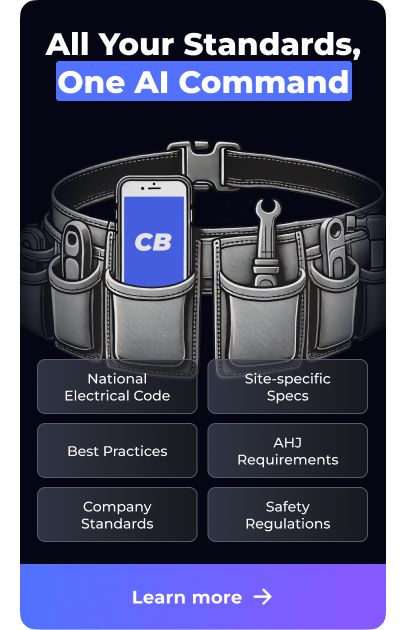Electrical equipment installation is a critical task that requires careful planning, adherence to safety standards, and a deep understanding of electrical systems. Whether you’re a seasoned electrician, an apprentice, or a project manager overseeing electrical installations, this guide will provide you with essential information to ensure a safe and efficient installation process.
Understanding the Basics
Before diving into the installation process, it’s crucial to understand the basics of electrical equipment and the role each component plays in an electrical system. Electrical equipment includes a wide range of devices such as circuit breakers, transformers, switchgears, panels, and wiring systems, each serving a specific function.
Planning and Preparation
- Review the Electrical Plan: Understand the layout and specifications of the electrical system as detailed in the plan.
- Gather Necessary Tools and Equipment: Ensure you have all the required tools, safety gear, and testing devices.
- Inspect the Installation Site: Check for any hazards or obstructions that might impact the installation process.
Safety First
- Safety is paramount when working with electrical systems. Always follow these guidelines:
- Turn Off Power: Ensure the power supply is turned off before starting any installation work.
- Use Proper Personal Protective Equipment (PPE): This includes gloves, safety glasses, and other necessary gear.
- Follow NEC Guidelines: Adhere to the National Electrical Code (NEC) for safety standards and best practices.
Step-by-Step Installation Process
Mounting and Securing Equipment: Securely mount electrical panels, transformers, and other equipment as per the manufacturer’s instructions.
Wiring and Connections: Carefully connect wires according to the electrical plan, ensuring tight and secure connections.
Grounding: Properly ground all equipment to prevent electrical shocks and fires.
Testing: Use multimeters, voltage testers, and other equipment to test connections and ensure everything is functioning correctly.
Post-Installation Checks
After completing the installation, conduct a thorough inspection to ensure all components are installed correctly and functioning as intended. Look for any loose connections, improper grounding, or potential safety hazards.
Maintenance and Upgrades
Regular maintenance is crucial for the longevity and efficiency of electrical equipment. Schedule routine checks and be prepared for potential upgrades as technology advances and electrical requirements evolve.




